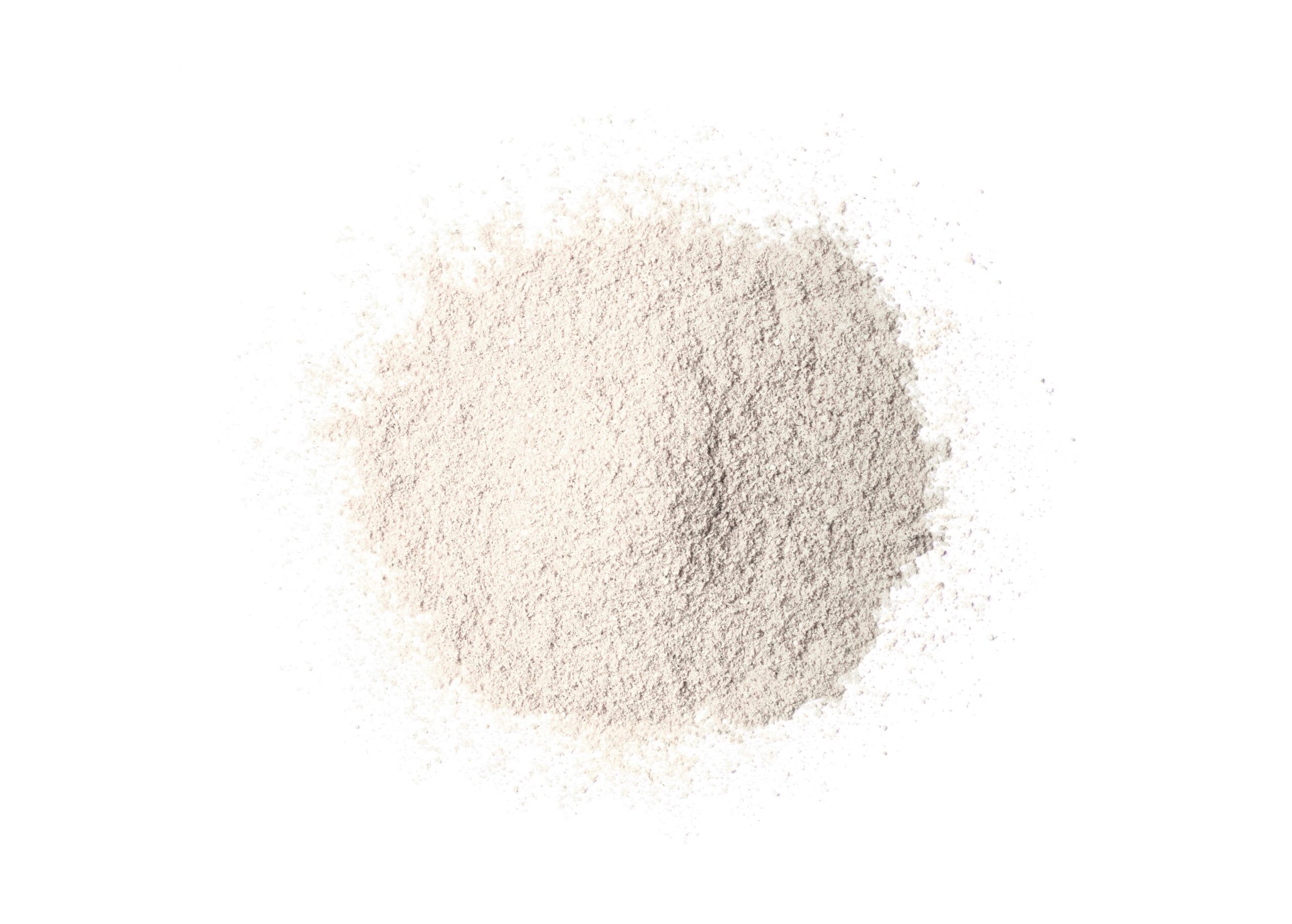
In a study published in the Journal of Renal Nutrition, Hui Li, MD, and others explored the relationship between intake of dietary fiber (DF) and hyperkalemia in patients on maintenance hemodialysis (MHD).
There were 110 MHD patients in the study; 67 were male and 43 were female. Based on their serum potassium levels before dialysis, the patients were separated into a normal serum potassium group (N) and a hyperkalemia group (H). Their daily diets were recorded by the 3-day dietary recording method, and their daily nutrient intake was analyzed. The researchers used logistic regression to analyze the relationship between hyperkalemia and DF intake, and they used a receiver operating characteristic (ROC) curve to analyze the cutoff value of DF intake to prevent hyperkalemia.
Prior to dialysis, 38 patients had hyperkalemia (serum potassium >5.5 mmol/L). There was no difference between groups in sex, body mass index, residual kidney function, administration history of potassium-lowering drugs, or intake of energy, fat, protein, calcium, sodium, or phosphorus (P>.05). More patients in the N group used renin-angiotensin-aldosterone system inhibitors (52.78% vs 23.68%; P=.003). More patients in the H group had constipation (42.11% vs 20.83%; P=.018).
Insufficient dietary nutrient intake, particularly DF intake, which may be associated with hyperkalemia, was prevalent in MHD patients. Compared with the H group, patients in the N group had higher carbohydrate (315 ± 76 g/d vs 279 ± 66 g/d; P=.016), DF (19 ± 5 g/d vs 12 ± 8 g/d; P<.0001), and potassium (1698 ± 392 mg/d vs 1533 ± 413 mg/d; P=.041) intake. Logistic regression analysis determined that DF intake was an independent protective factor for hyperkalemia (P<.0001; odds ratio, 0.766; 95% CI, 0.675-0.870). ROC analysis found that daily intake of DF greater than 15.33 g may help prevent hyperkalemia.
The authors acknowledged some limitations to their study. The 3-day dietary recording method is not reliable for documenting nutrient intake, detail is lacking on effects of plant-derived versus animal-derived potassium, and verification of recommended DF intake is needed.
“In conclusion,” the authors wrote, “our study found that MHD patients with hyperkalemia tend to consume less DF than those with normal serum potassium. We should pay attention to and improve the dietary nutrition intake of MHD patients, especially DF intake, to reduce the incidence of hyperkalemia in MHD patients.”
Source: Journal of Renal Nutrition







 © 2025 Mashup Media, LLC, a Formedics Property. All Rights Reserved.
© 2025 Mashup Media, LLC, a Formedics Property. All Rights Reserved.